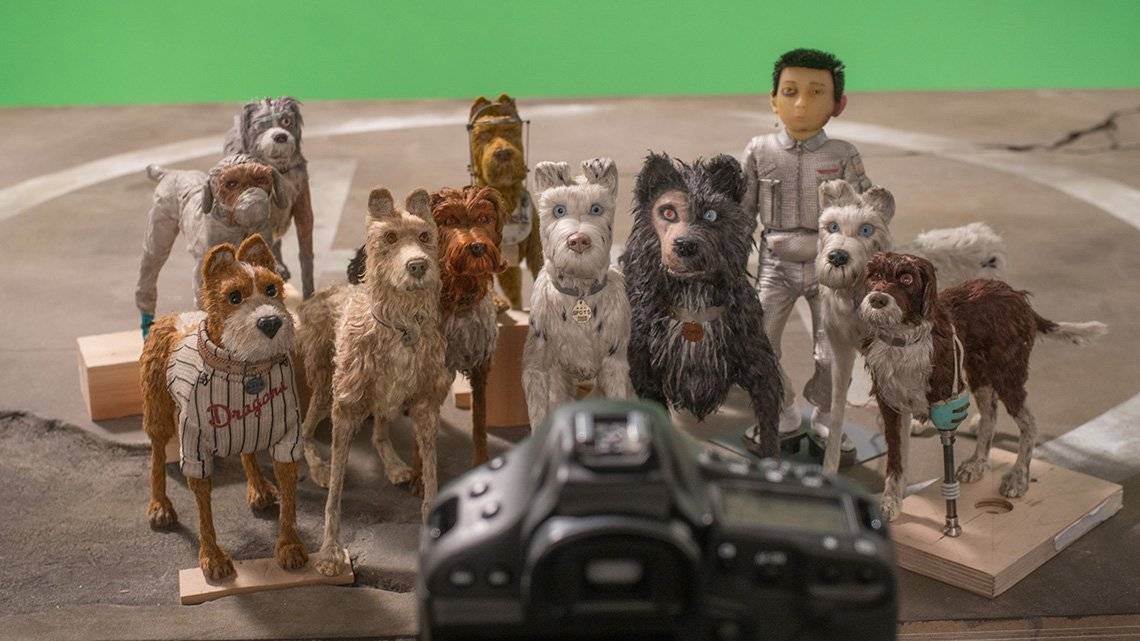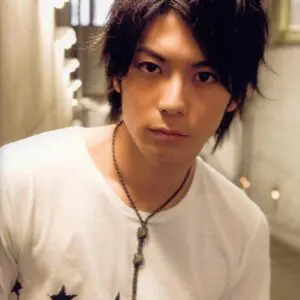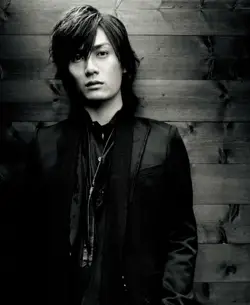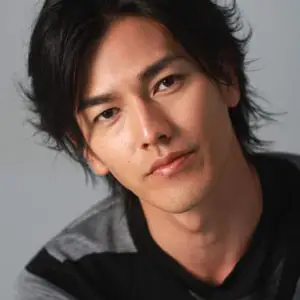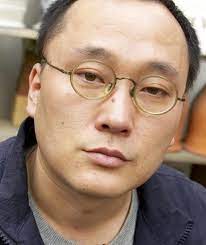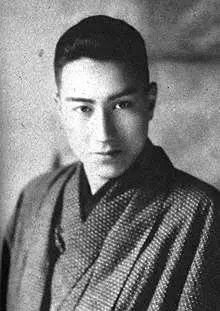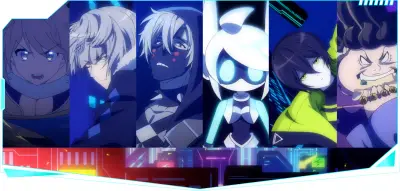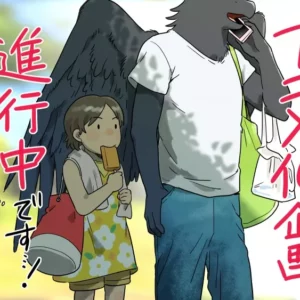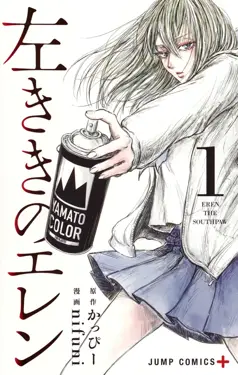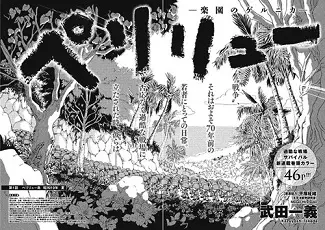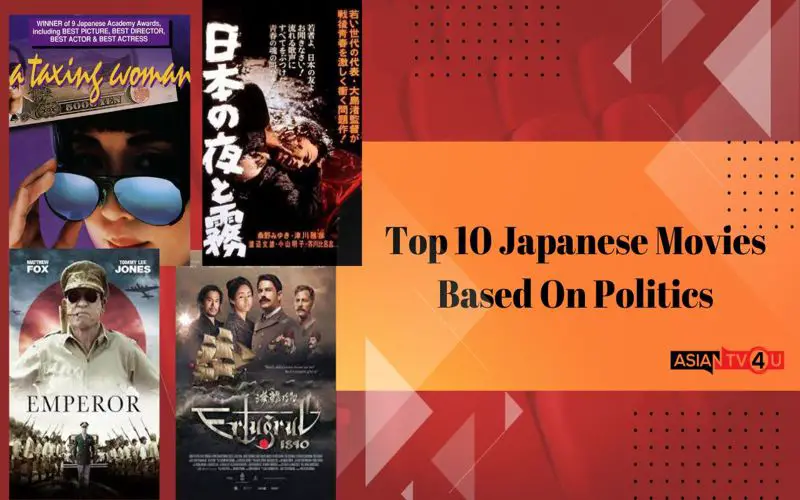
Films that portray current or historical events or social situations from a partisan point of view in an effort to inform or agitate the viewer are referred to as political cinema, in the strict definition of the term. Documentaries, short films, features, experimental films, and even animated cartoons all fall under the category of political cinema. Consequently, the top 10 political movies in Japan are listed below.
1. 125 Years Memory (2015)
This tale of compassion and friendship connects two historical occurrences that strengthened ties between Japan and Turkey: the Turkish frigate Erturul's drowning off the Japanese coast in 1890 and the exodus of Japanese people from Iran in 1985. The 39th Japan Academy Film Prize was given in 10 categories, including Best Art Direction, Best Sound Recording, Excellent Film, and Excellent Director, for the virtuous director Mitsutoshi Tanaka's plea for world peace.
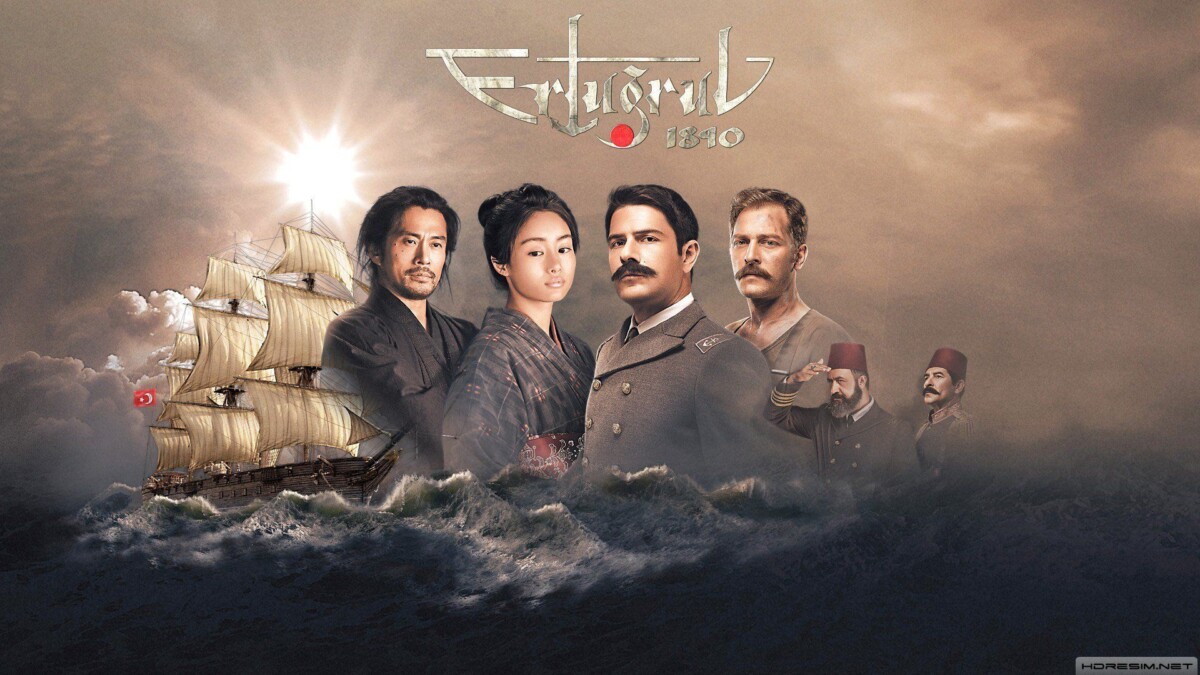
2. Emperor (2012)
Gen. Fellers is tasked with choosing whether Emperor Hirohito will be hung as a war criminal as the Japanese surrender at the conclusion of WWII. His search for Aya, an exchange student he met in the United States years earlier, has an impact on his decision.
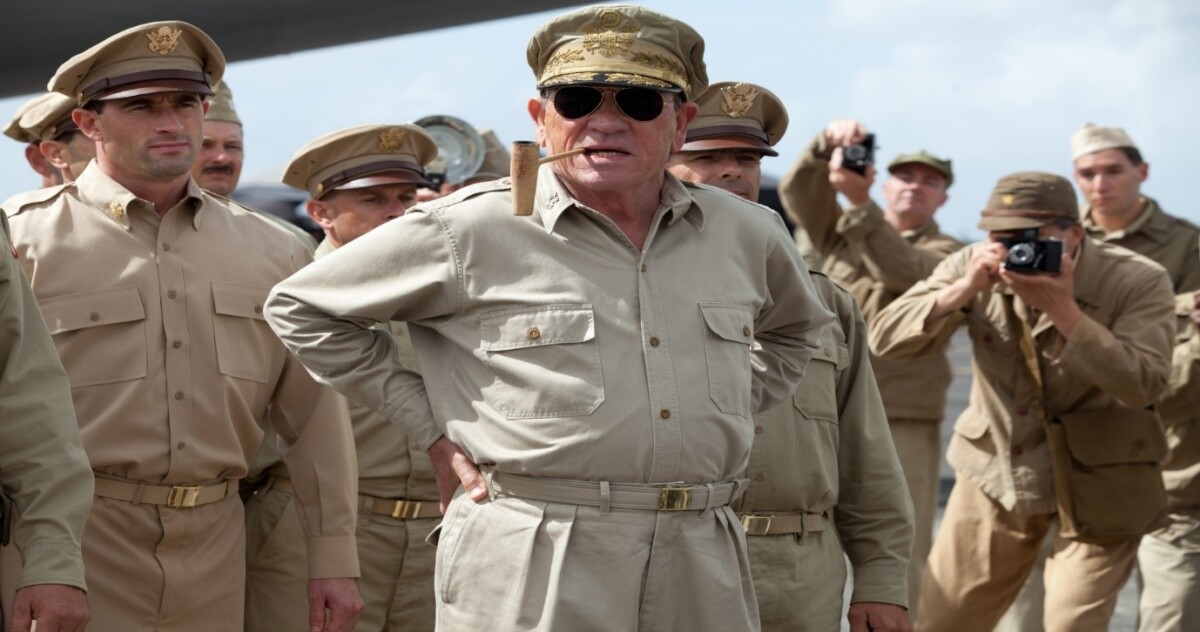
3. The Hidden Blade (2004)
A young samurai who falls in love with a farm girl and decides to start a new life in 19th-century Japan. When he is put to the test and told to kill a traitor who also happens to be his best friend, he is forced to evaluate his new existence.
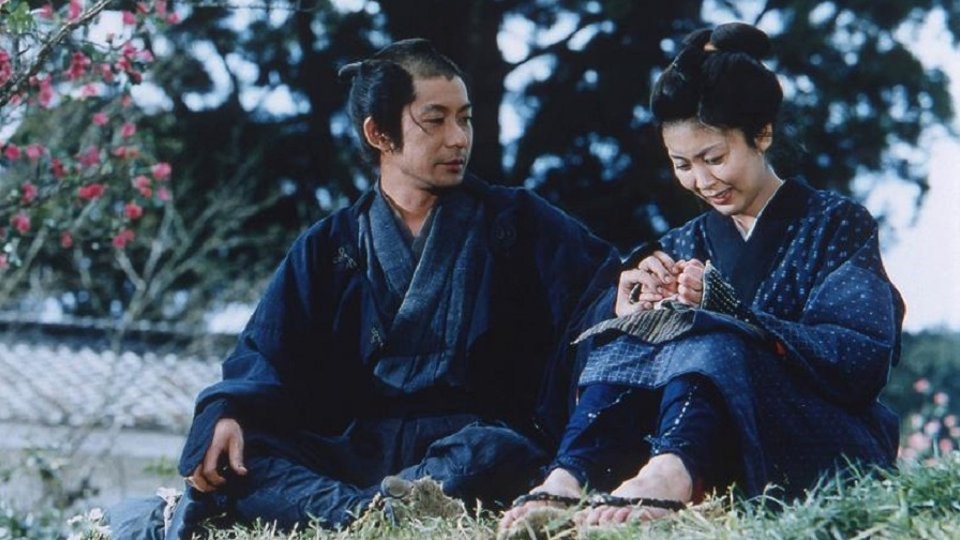
4. A Taxing Woman (1987)
Ryoko Itakura is a tax agent for the government who has received a significant promotion. Her first task is to apprehend Hideki Gondo, a wheeler-dealer. Since tax cheating is considered art in Japan and Gondo is essentially Rembrandt, she has a difficult job.
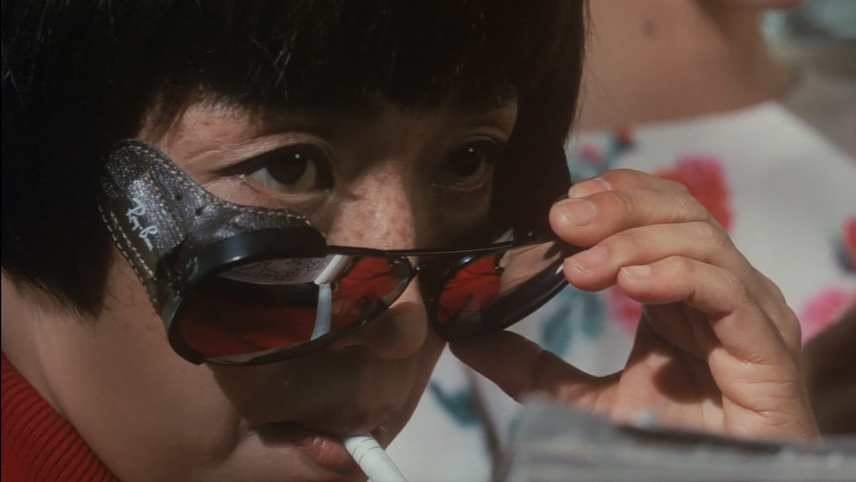
5. Night And Fog In Japan
Uninvited guests interfere with the wedding of writer and former student radical Nozawa and current activist Reiko in 1960, following the Anpo Protests against the US-Japan Security Treaty. Invoking a torturous investigation of unsolved problems from a decade ago, when they were caught up in the student demonstrations, they accuse the couple and the group of visitors of forgetting their political commitments. Flashbacks focus on Nozawa's individualised experiences in 1950 and 1960, reopening personal and political traumas.
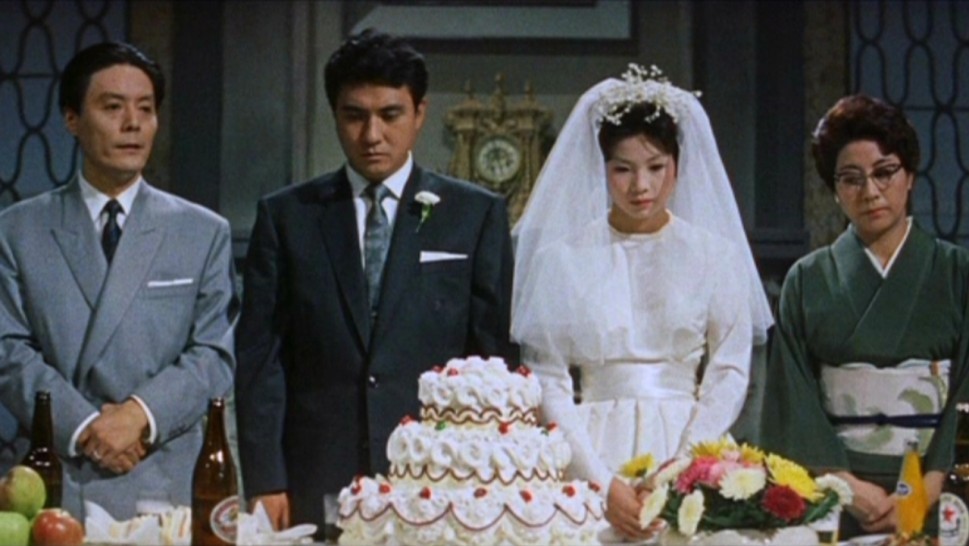
6. Hit Me Anyone One More Time
The prime minister, who is despised by the populace because he is a corrupt politician, is the movie's major character. Prime Minister Keisuke Kuroda suffers memory loss and wakes up in a hospital after being struck in the head by a stone thrown by a man who despises him one day. He watches television and is shocked to learn that he is the nation's most despised prime minister.
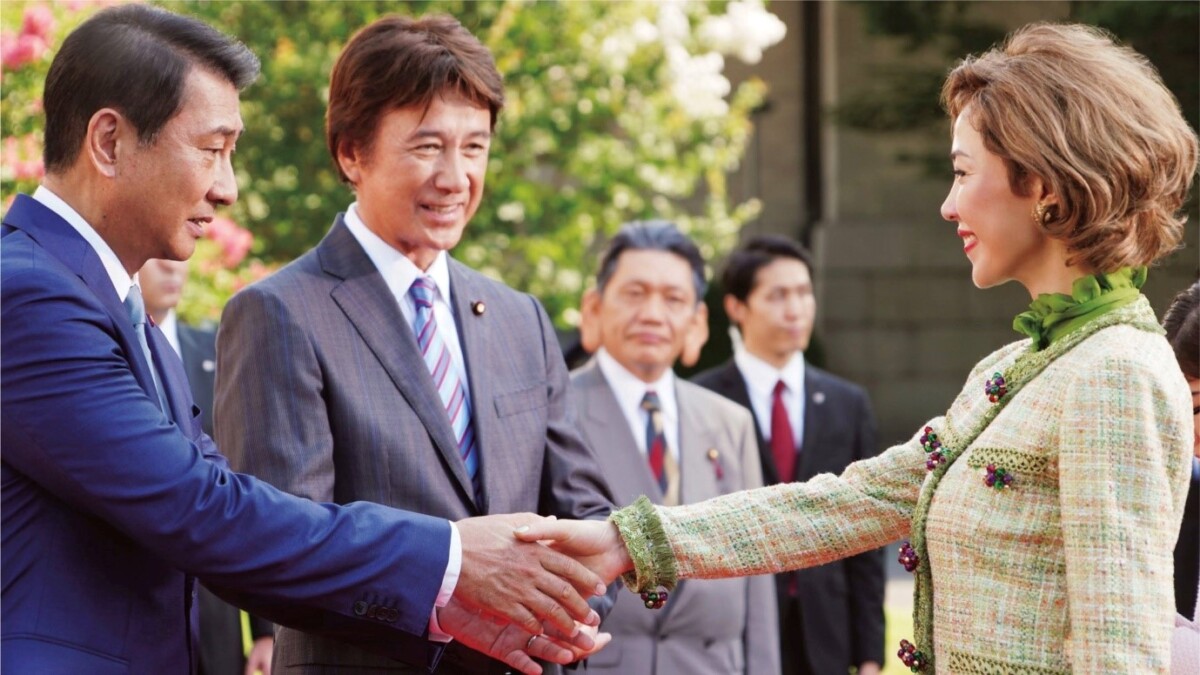
7. Patlabor 2
Noa Izumi and Asuma Shinohara are now testing new Labors at a laboratory run by the Metropolitan Police in 2002, three years after the events of the first movie. Police academy labour instructor Isao Ota. The position of head of General Affairs for the Tokyo Metropolitan Police has since been transferred to Mikiyasu Shinshi. Since Kanuka Clancy had moved permanently to New York, Seitaro Sakaki has retired, and Shigeo Shiba has taken over as the team's leader. Hiromi Yamazaki, Kiichi Goto, and Shinobu Nagumo continue to work with the unit. Pilots on new contracts had largely taken their position.
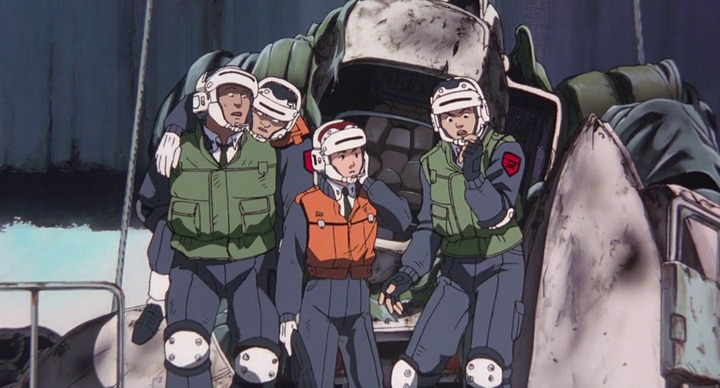
8. Senkyo
If Prime Minister Koizumi and his Liberal Democratic Party support him, can a candidate without political background or charisma win an election? The intense election campaign in Kawasaki, Japan, is attentively followed in this cinema-verite documentary, which exposes the true essence of "democracy."
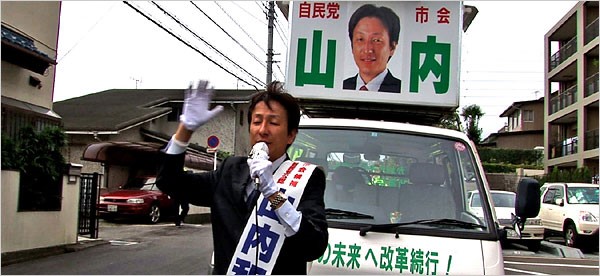
9. Change
An elementary school teacher with no interest in politics, Keita Asakura, is unexpectedly appointed prime minister. When his father and brother, who were both prominent in Diet politics, perish in a plane crash while on their way from Vietnam, he is obliged to run for a seat in the House of Representatives for the Seiyu Party in the Fukuoka Prefecture. Asakura arrives in Tokyo to replace his father in the House after winning the prefectural elections.
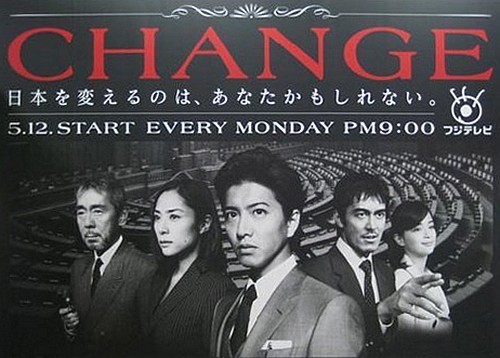
10. Isle Of Dogs
Twenty years from now, a canine flu outbreak threatens to spread to humans and affects the fictional metropolis of Megasaki as well as the rest of Japan. Despite the protests of Professor Watanabe, the mayor's political rival who claims he is close to developing a cure, the city's autocratic mayor, Kenji Kobayashi, promptly approves a formal edict sending all dogs to Trash Island. Atari Kobayashi, a 12-year-old orphan and the mayor's distant nephew and ward, had Spots Kobayashi as his bodyguard dog. Spots was a white and black-spotted dog.
